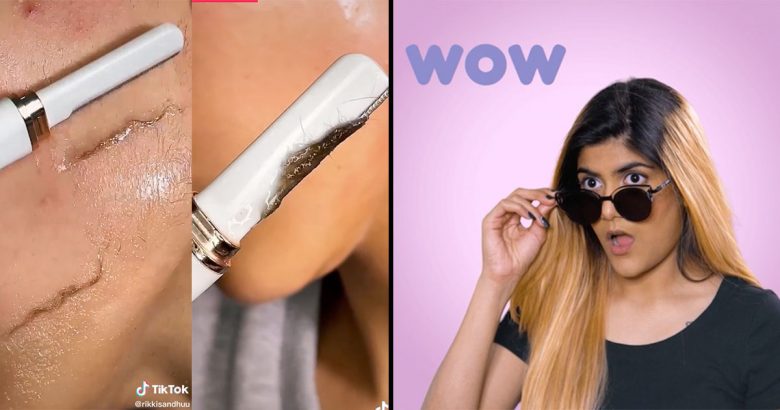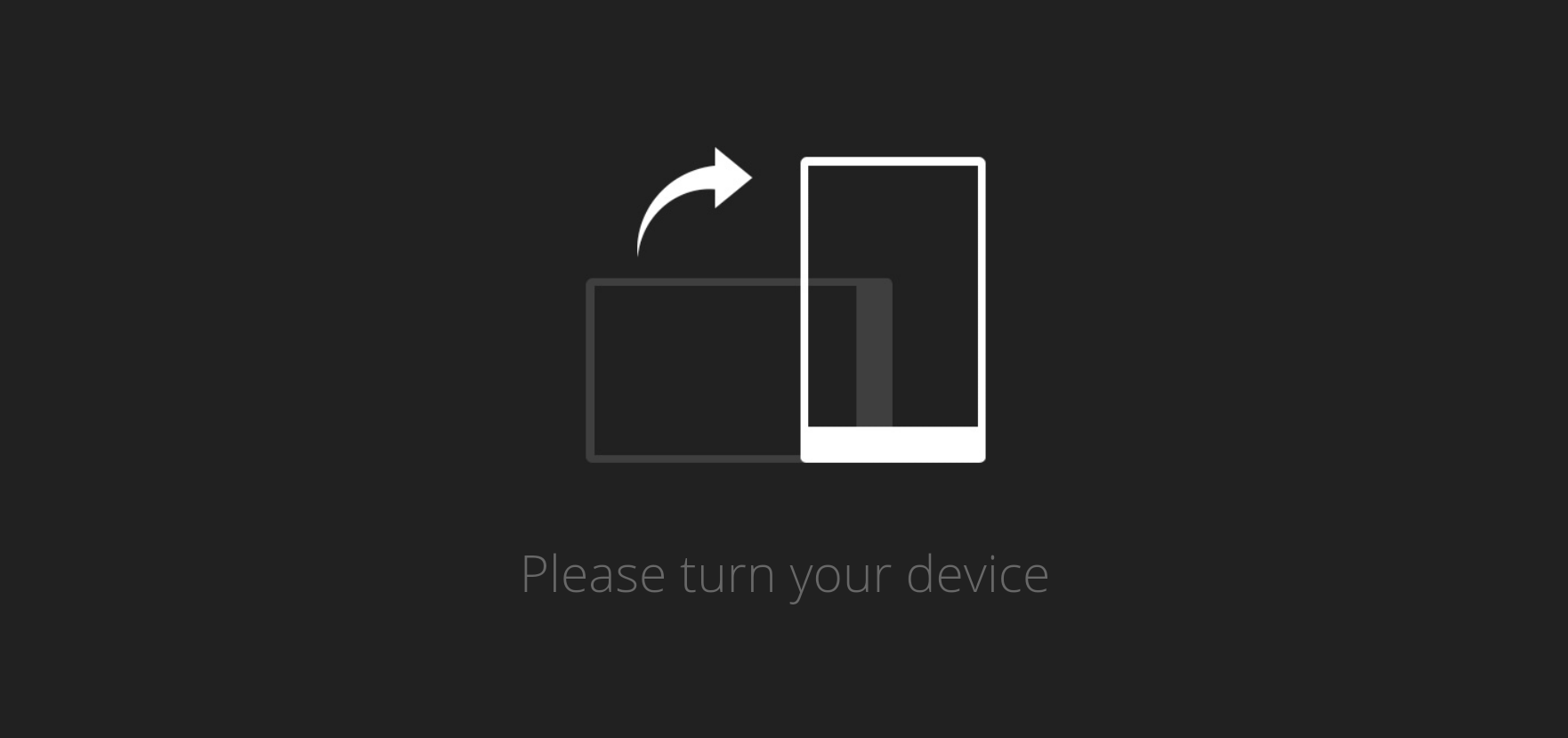
Is Shaving Our Face The Secret To #SkinGoals?
If you have facial hair and have done a little experimenting in the past to get rid of it which has resulted in some bad regrowth, then hearing people compare dermaplaning to shaving your face won’t sound very appealing.
The good news is while the cult beauty trend does remove facial hair from your face (although it’s not permanent), it won’t have your regrowth looking dark and thick like a beard. And as a bonus, you’ll have some serious skin goals you would’ve wished you started earlier.
If you need some proof this treatment sounds too good to be true, you only have to ask a beauty therapist or influencer and they’ll be quick to list all the great wonders it does to your skin.
We took a dive into the world of dermaplaning to give you the 101 on this popular beauty trend.
So how does Dermaplaning work?
The in-salon dermaplaning tool that dermatologists or aestheticians use is a metal scalpel, which is pretty dangerous to use at home, but in the hands of an expert it does a great job of removing ‘peach fuzz’ (known as vellus hair) while also getting into the layers of your skin, removing any dead skin cells and bringing fresh skin to the surface. Over time (and with regular treatments), dermaplaning has shown to help reduce fine lines and improve texture and skin tone.
Thanks to women in countries like Japan who’ve been using this neat old trick for years – followed by a boom in sales during lockdown – shops and online retailers are now stocking their shelves with a DIY-friendly version that is less risky and safe enough to use at home.
@rikkisandhuuDAY 2 ✨ shaving my face gives me a ‘clean’ canvas but NEVER feel like you have to remove facial hair? #dermaplaning #skincare101 #beautyhacks #foryou♬ Midnight city M83 x Good life Kanye West – Josh gedz
So, could shaving our faces (aka dermaplaning) be the key to our clear-glowy-skin dreams? Sydney-based dermatologist, Shreya Andric told Punkee it might just be.
“Dermaplaning is a form of physical exfoliation. It works to gently remove the top layer of dead skin cells and also remove baby hairs from the skin. By taking the top layer of cells away, it can help active ingredients penetrate more deeply into the skin,” Dr Andric said.
While the in-salon treatment does tend to go a little deeper, the DIY version you can do at home is still a great option – especially when you can pick up a packet of dermaplaning razors for less than $20.
It’s also a great base for makeup, which is why beauty influencers recommend dermaplaning as a prep step if you have a little peach fuzz. Before you beat your face, wait at least a day before applying makeup to avoid irritating your skin.
Dermaplaning at home
If you’re keen to add dermaplaning to your skin routine, Dr Andric has a few tips to help you dermaplan at home safely and how to incorporate it into your skin routine.
First things first, we’re striving for #skingoals so preparation is an important step to avoid bacteria getting into the skin and causing infections or breakouts.
To do that, Dr Andric said, “Start with clean skin and clean tools”.
“Use a facial oil and hold the skin taut to help the blade to move smoothly across the skin.” Make sure you’re also stroking the razor in the direction your hair grows and in short strides to avoid any scratches or cuts on your face. “Wash your face and the blade immediately after finishing [and] apply a moisturiser to the skin,” Dr Andric said.
If you’re more of a visual learner, check out this tutorial by Dermatologist, Dr Alexis Stevens where she shows you the steps to perform this procedure at home.
Dermaplaning results unfortunately don’t stick around forever (I know, I hear you, it sucks…) but to keep our skin in check and to see long-term effects like reducing fine lines and improving skin texture, it’s a good idea to incorporate it into your regular skin routine – keeping in mind dermaplaning is a form of exfoliation so it’s important not to overdo it.
“Do this maximum once per week and replace the blade every four to five uses.”
“Once you have your technique down pat you can start applying active ingredients prior to your moisturiser,” Dr Andric said.
Who should use or avoid dermaplaning?
Have you booked in to get laser hair removal in the past and were told you couldn’t get it done because your hair is too light or fine? Well, Dr Andric said this might be the solution you’re looking for.
“This is a good option as it is safe and easy to do. Obviously, laser treatments will result in permanent hair reduction, whereas this will not but it’s not going to stimulate hair growth either,” she said.
While dermaplaning might be the solution to some of our hairy nightmares, it’s not suitable for everyone and caution should be taken before you open your wallet, especially if you have sensitive skin.
“This is suitable for most skin types: however, I would advise against doing it if you have an active skin condition such as acne, rosacea, eczema or skin infections,” Dr Andric noted.
Dermaplaning compared to other skin treatments
@browinspoWoaaahh??? #dermaplane #hairremoval #satisfying #fyp♬ motive x promiscuous – elfixsounds
If you’re someone who gets regular microdermabrasions, dermaplaning could be a good alternative to try out (but always speak with your therapist or dermatologist first before starting new any new treatments).
Both microdermabrasion and dermaplaning treatments are similar as they exfoliate the skin, target fine lines, and improve skin tone and texture but the experience between these two treatments differs.
Microdermabrasion creates ‘abrasions’ on your skin and uses suction to remove dead cells, bringing fresh skin to the surface. As a result, it can be a little painful during the process and sometimes causes bruising and tender, red skin.
When it comes to getting a microdermabrasion in the lead up to it you need to avoid products like retinol or scrubs, but when it comes to dermaplaning, that stuff isn’t an issue. You can pretty much walk into a salon and in around 30 minutes’ walk out with smooth, fresh skin with little to no downtime.
So, add this little number to your self-care Sunday routine or if you’re stuck in lockdown like many of us, give it a try as a nice little pick-me-up, while we patiently wait for salons to reopen.
